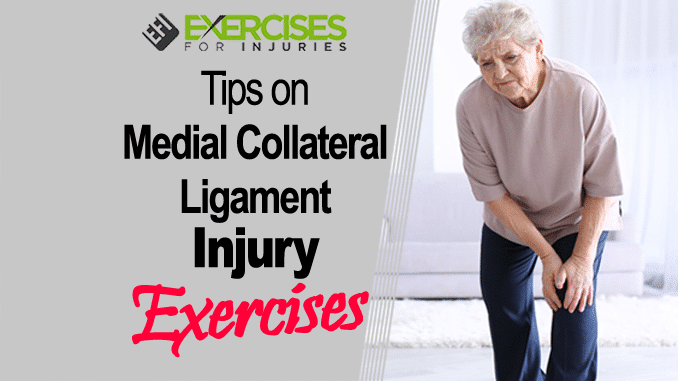
Medial collateral ligament injuries, also called “MCL injuries,” are occurs when the ligament is stretched or torn. When these injuries happen, the knee may be affected beyond the confines of the MCL, leading to a number of different symptoms. There are some exercises you can do to prevent an MCL injury, but the key is to isolate and focus on these individual muscles to prevent the injury from getting worse.
Private Knee Injury Course
I have been asked to do more private fitness education classes for fitness professionals in the Vancouver area. Companies and fitness professionals have been asking me to come to their facility and teach a group of 5 or 10 people about an injury topic they are interested in.
It has been fun getting these personal requests and setting up private fitness education courses for them.
In March, I have another one for a group of fitness professionals who want me to talk about knee injuries and exercises.
They have some specific questions about what to do with collateral ligament and meniscus injuries.
I know what I would do, but I always like to head to the research to see what’s new.
I am reading this article right now:
Edson CJ. (2006). Conservative and postoperative rehabilitation of isolated and combined injuries of the medial collateral ligament. Sports Med Arthrosc. 2006 Jun;14(2):105-10.
The article is okay – there’s a strong focus on diagnosis and what to do right after the injury.
Not much about what you should do when it has been multiple months (or years) since your medial collateral ligament other than wear a brace.
I will have to keep searching.
The main thing that I do is look at the hip and the core stability of the hip.
When it comes to the medial and lateral collateral ligaments, they provide stability in the frontal plane (side to side) and so does the core stability of the hip.
When the core stability of the hip is poor, it puts greater stress on the collateral ligaments.
One thing I make sure to do is to assess and look at the hip, to make sure it has good stability so that there is less stress put on the collateral ligaments.
Special Population Cheat Sheets
I have been looking at the last few Strength and Conditioning Journals.
In the last few issues, they have included a cheat sheet covering what to do for specific special populations when it comes to designing an exercise program.
The one I am reading now is multiple sclerosis.
I have been saving them on my computer and putting them into my “Special Populations” folder.
I am going to refer back to this one, and to others I find.
If you get the journal or have access to the journal, I would recommend doing the same.
A Few More Kind Words
“Plantar Fasciitis Exercise Solution is a very comprehensive program that not only describes the causes and consequences, but also tells you how to go about healing the problem and giving relief where possible. Provides alternative ideas to suit all clients/patients. The best thing of Plantar Fasciitis Exercise Solution was the whole thing really. Specific advice for exercises and stretches, what to avoid and what to do. Great!”Joanne ButlerBendigo, AustraliaFitness and Athletic Development Coach
Well, that’s it, have a great day.
Rick Kaselj, MS
.


